Breaking Down Form 990: Key Financial Statements That Define Your Nonprofit Tax990
Examples of non-profit organisation financial statements from around the world. They’re your financial story – use them to make smarter decisions and show donors you’re trustworthy. Nonprofits and for-profits have different goals, and it shows in their financial statements. At Altruic Advisors, our nonprofit accountants have helped more than 500 organizations across the country with outsourced accounting, Form 990 preparation, and nonprofit audit services. If you cannot find a nonprofit’s Statement of Activities, you can also ask the organization for a copy. Nonprofits unwilling to share this information should be questioned about their reasons for lack of transparency.
Mastering Nonprofit Sponsorships & Donations
If your accounting software doesn’t include these reports, there are templates available to help you create them, such as the Statement of Activities template in the Chazin & Company’s nonprofit accounting guide. The Statement of Cash Flow details the inflow and outflow of cash, revealing how much cash is available to cover your nonprofit’s expenses. A number of non-profit organisations (NPOs) have provided examples of their financial statements to illustrate the accounting issues they face. They are not intended to demonstrate either recommended or discouraged practice, and neither are they necessarily representative of all NPO financial statements in that country.
What is the difference between nonprofit and for-profit financial statements?
All nonprofits with gross receipts above $50,000 are required to file an IRS Form 990. This form includes a nonprofit’s figures for revenue, expenses, assets, and liabilities, as well as the salaries of the directors, officers, and executives of the corporation. An organization’s 990 form is publicly available and may be found on their website or on a nonprofit database such as GuideStar. Three of these reports are similar to for-profit business financial statements.
Build Trust, Raise More
With so many pressing causes worth their attention, donors want to feel confident that your nonprofit will put their funds to good use. By sharing your financial statements, you can let them see for themselves just how effectively you’re working to accomplish your mission. To continue fulfilling your essential role in the community, you must meet IRS reporting requirements, build donor trust, and make informed decisions that contribute to your overall financial sustainability.
A financial review involves an independent examination of a nonprofit organization’s financial statements by a certified public accountant (CPA). The objective is to provide limited assurance that the financial statements are free from material misstatements, whether due to fraud or error. The review process typically includes analytical procedures and inquiries of management.
Nonprofit Accounting Terms
They include salaries and other costs to show exactly where the money goes, helping everyone understand the financial health of the nonprofit. Financial institutions may require audited financial statements before they approve loans or lines of credit for nonprofits. By providing accurate, independently verified financials, nonprofits can satisfy https://namesbluff.com/everything-you-should-know-about-accounting-services-for-nonprofit-organizations/ bank requirements and improve their eligibility for financial support. In some cases, a nonprofit’s board of directors may require an independent audit to fulfill fiduciary responsibilities and maintain transparency with stakeholders. An audit can serve as a financial health check as it demonstrates the nonprofit’s commitment to operating in a responsible manner.
- A Statement of Activities is one of the four required financial statements a nonprofit must file.
- The order of liabilities on your statement of financial position depends on their due date, with short-term obligations listed before long-term ones.
- —is incorporating your statement of financial position into your nonprofit’s annual report.
- The IRS may conduct either a field audit (on-site review) or a correspondence audit (conducted remotely), depending on the complexity of the issues under review.
When used effectively, these statements help you make smart decisions and plan for the future while maintaining accountability to your stakeholders. The notes accompanying financial statements are where the real tea is spilled! They provide context, explain accounting methods, and clarify any financial mysteries. Operating activities include cash received from donations and grants, as well as cash spent on program and administrative expenses.
- This statement will detail the expenses incurred during the reporting period and allocate it by program services and support services.
- The Statement of Financial Position is a nonprofit’s version of the balance sheet.
- This statement should outline all revenue streams and expenses, segmented by unrestricted, temporarily restricted, and permanently restricted categories.
- Staying on top of your financial statements throughout the year can simplify tax season.
- Or help you understand why your cash increased even as you lost money that quarter (maybe you dipped into your line of credit to make payroll).
Any other donations that do not come with a designation can be termed unrestricted funds. If your nonprofit provides and charges people fees for their services, you can also report this revenue on your Statement of Activities. Nonprofits need a Statement of Activities to show how they can afford program and fundraising activities.
GAAP for nonprofits provides accounting definitions and standards specifically for nonprofit organizations. It ensures that nonprofit financial statements are presented transparently and accounting services for nonprofit organizations consistently. In fact, nonprofit financial statements are so important that many nonprofit organizations will make their annual reports publicly available by sharing them on their website.

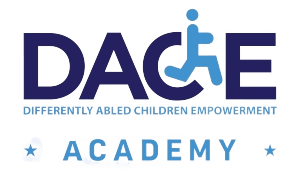
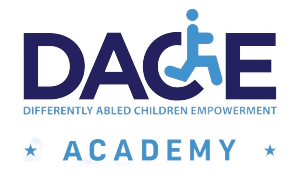
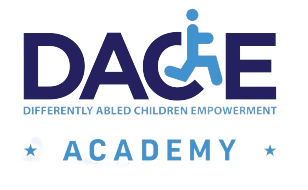
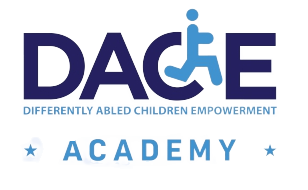
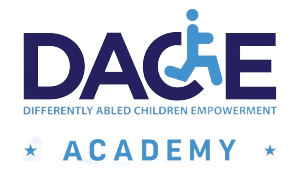
No Comments